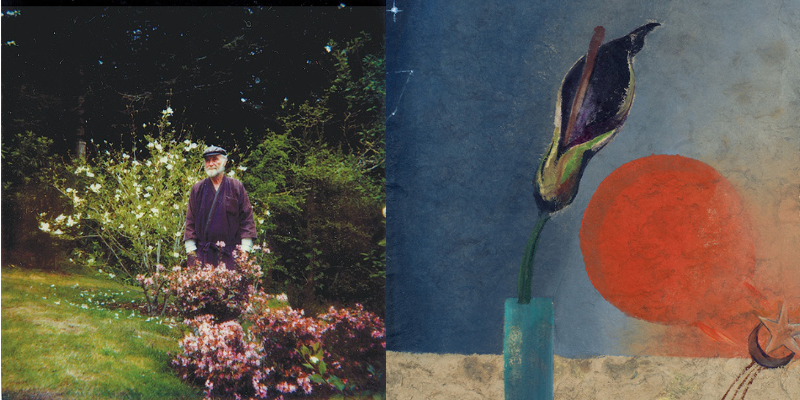The first modern painter of the Pacific Northwest to achieve national and international renown was Morris Graves, born in Fox Valley, Oregon, on August 28, 1910. More than just a painter, Graves was a spiritual seeker who represented his inner journey through his distinctive works of art. He attracted audiences for his distinctive artistic approach, which was strongly influenced by East Asian aesthetics and philosophy, as well as his close relationship with nature.
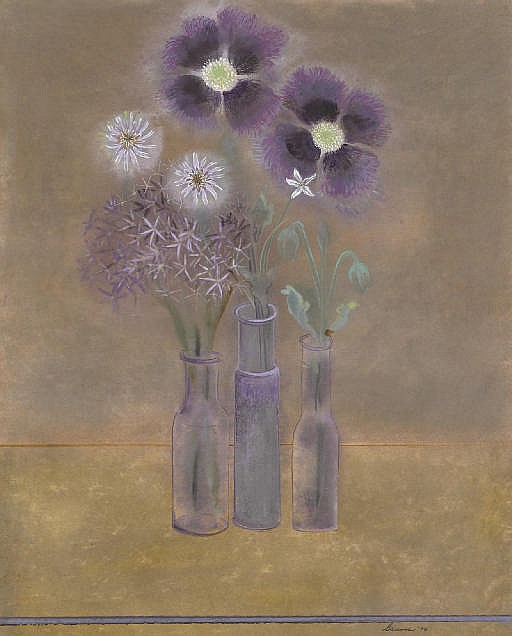
Courtesy: Invaluable.
Dadaist pranks marked the beginning of Graves’ artistic career, but he soon switched to a spiritual approach. His distinctive imagery—which frequently included birds, flowers, chalices, and other Eastern spiritual symbols—was a homage to his artistic quest for pure truth. Graves distinguished himself by embracing a figurative approach known as “symbolic consciousness” in an era that was dominated by Abstract Expressionism. He had the opinion that representations of the natural world had the capacity to unite people with their pristine surroundings and, ultimately, with their own inner selves. This conviction was depicted in his works of art, which provided visitors with a window into his own spirituality and oneness with nature.
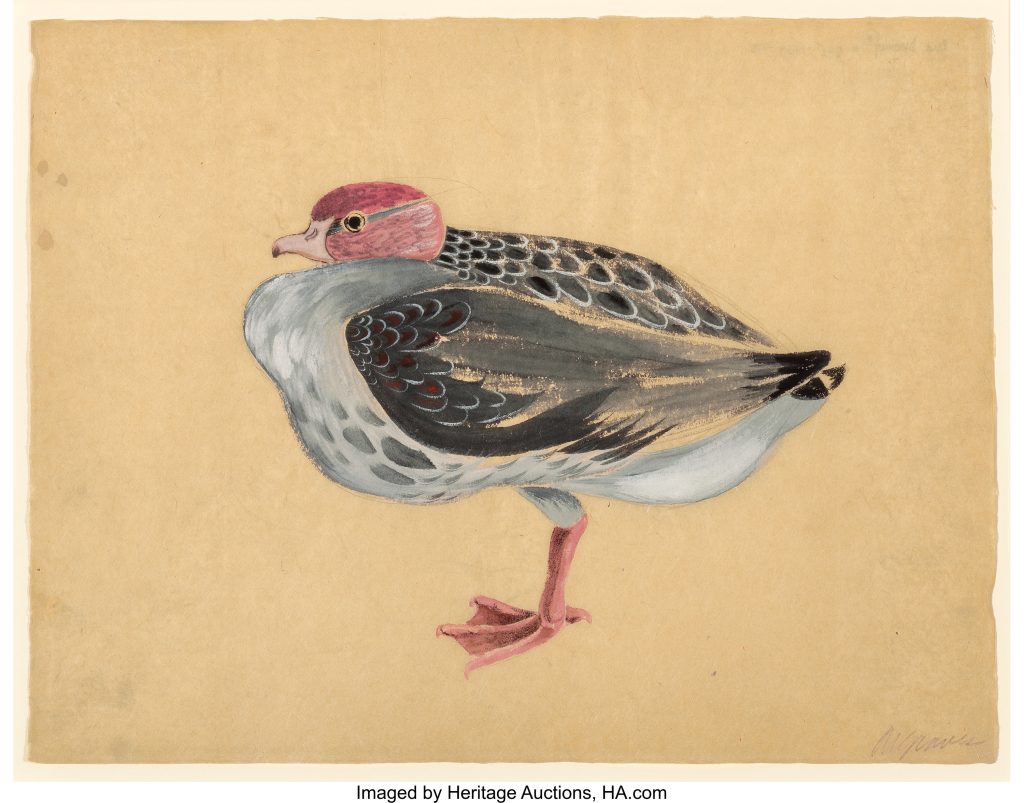
Life and Background
Because of his intense discomfort with the clamour of contemporary industrial civilization, Graves lived a life of deliberate seclusion. His self-built residences, such as “The Rock,” “Careladen,” “Woodstown Manor,” and “The Lake,” served as his haven. These houses weren’t just somewhere to live; they were also his artistic retreats, painstakingly constructed to serve as the perfect stage for his visionary ideas. He was equally committed to designing beautiful living spaces as he was to his art.
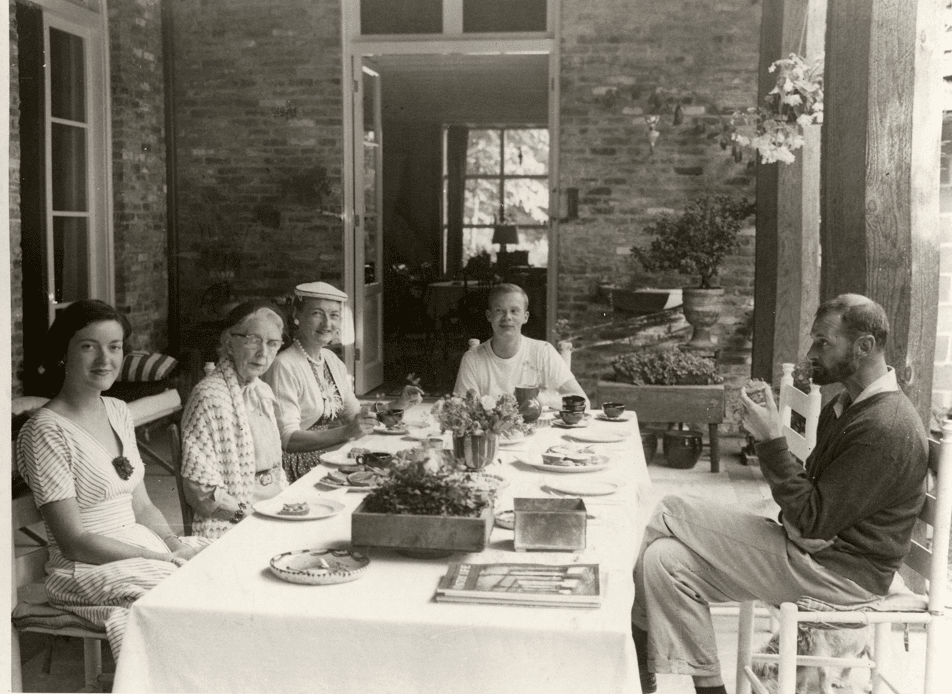
Courtesy: Wallmarks
Morris Graves Artworks
Morris Graves’s paintings show a clear progression as an artist. His early paintings, which have strong contours and shattered forms, show inspirations from Japanese prints, Cézanne, and Van Gogh. In the late 1930s, he switched to tempera and gouache on Chinese paper, which led to some of his most well-known works, which featured delicate white lines on black backgrounds. His 1942 exhibition at the Museum of Modern Art in New York City was a career-defining event that propelled him to fame on a global scale.
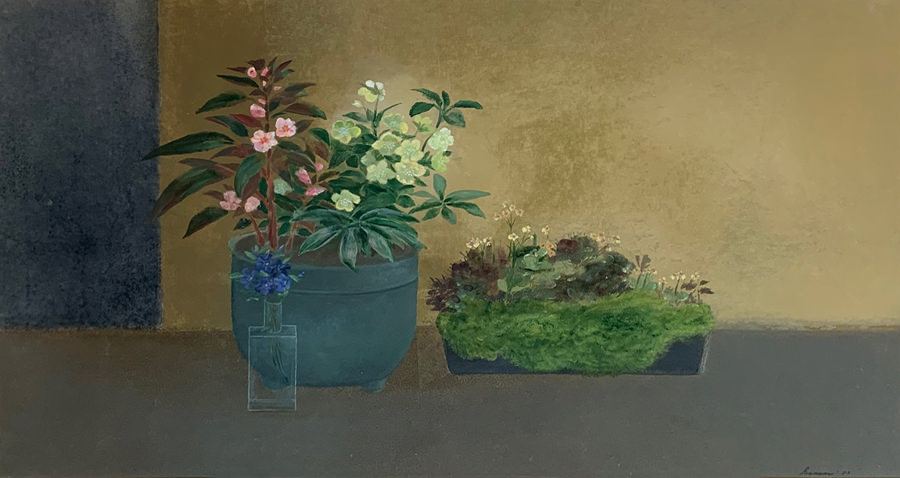
Courtesy: Woodside/Braseth Gallery
Symbolism and Recognition
Graves had a strong affinity with symbols. His use of symbols, especially the bird, communicated both his innermost thoughts and religious themes. One interpretation of the swan in his painting “Moor Swan” shows itself to be a symbolic self-portrait, signifying the divine essence of an outsider. His first prestigious award, a $100 prize in a show at the Seattle Art Museum, came from this work.
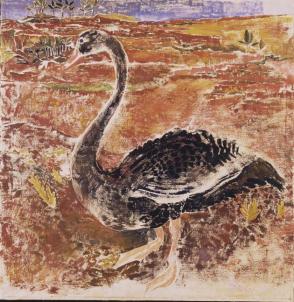
Courtesy: Seattle Art Museum
The legacy of Graves bears witness to his relentless search for the transcendent. His works of art, which were frequently full of longing and change, reflected his quest to investigate the fundamentals of human consciousness. His later career’s turn to depictions of wildflowers emphasised his affinity to nature, and his minimalist approach introduced the Zen idea of unsurpassed beauty into American art.
Museum and Global Impact
Long after Graves’ death, his writings continued to have a significant impact. With shows at famous venues like the Whitney Museum of American Art, the National Gallery of Art in Washington, D.C., the Seattle Art Museum, the Tacoma Art Museum, and the San Francisco Museum of Modern Art, his work attracted attention on a global scale. Through his distinctive visual language, Graves’ paintings helped to bridge cultures and beliefs by allowing spectators to see the depths of his artistic and spiritual journey. Moreover, the artist also has a museum by the Humboldt Arts Council dedicated to his name, the Morris Graves Museum of Arts.
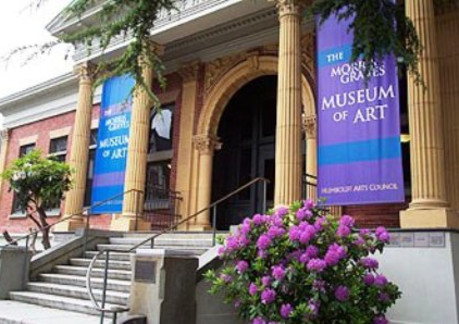
Courtesy: Visit Redwoods
In a world increasingly dominated by the hustle and bustle of modern life, Morris Graves’ art invites the audience to pause, reflect, and connect with the profound mysteries of existence. His journey as an artist was not just about mastering technique; it was a lifelong quest to uncover the hidden truths that bind humanity to the natural world and the cosmos beyond.
Read Also:
Jacob Maris: An Eminent Figure in the Hague School of Painters.

